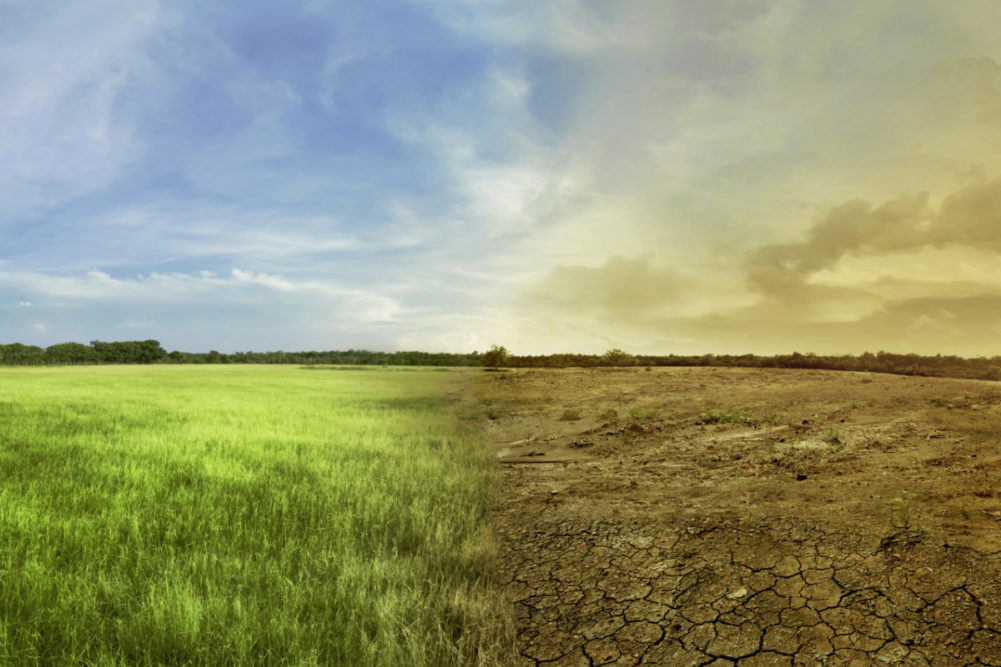ROME, ITALY — Agrifood systems are facing an escalating threat from climate change-induced loss and damage, and actions — including increasing financing — must be taken to address their vulnerabilities, according to a report from the Food and Agriculture Organization of the United Nations (FAO).
The report comes one day after world leaders at the UN Climate Conference COP28 in Dubai, United Arab Emirates reached a breakthrough deal to operationalize the Loss and Damage Fund, agreed to be established last year at COP27. Several countries already have pledged money to the fund totaling some $300 million.
The FAO report, including an in-depth analysis of Nationally Determined Contributions (NDCs), reveals that about 35% of current climate action plans explicitly refer to loss and damage, highlighting the growing relevance of the issue on the global stage, with agriculture being identified as the single most impacted area. The report noted 40% of countries reporting economic losses explicitly linked to agriculture.
Despite its central role in global agrifood systems — encompassing production, distribution and consumption — agriculture has not been a primary focus in discussions surrounding loss and damage, the authors noted. However, communities relying on agrifood systems for their livelihoods currently face acute challenges, including poverty, food insecurity and limited access to services.
“COP28 opened with historic agreement on the operationalization of the loss and damage fund to help vulnerable countries deal with the impacts of climate breakdown,” said QU Dongyu, director-general of the FAO. “I extend my sincere congratulations to all countries for their important commitments to operationalize the fund. These pledges are not just financial; they represent a shared acknowledgment that addressing the challenges of climate change is an urgent moral imperative.”
Developing nations, situated on the frontline of climate change and grappling with the repercussions of escalating extreme weather events like droughts, floods, and rising seas, had persistently advocated for the establishment of the fund.
Data from post-disaster assessments conducted between 2007 and 2022 indicate that agricultural losses accounted for an average of 23% of the total impact of disasters across all sectors. Droughts alone caused over 65% of losses in the agriculture sector during this period, translating to an estimated $3.8 trillion worth of crops and livestock production lost in the last 30 years.
The report also identified a pressing need to enhance the methodologies and tools for assessing negative impacts of climate change, with existing methods often failing to capture slow-onset events and non-economic dimensions of loss and damage. The lack of an internationally agreed definition on loss and damage further complicates efforts to address the challenge, the study found.
Moving forward, the report outlined a series of actions to mitigate the impact of loss and damage in agrifood systems and advocates for international collaboration and stronger partnerships. These include clarifying the meaning of loss and damage for national agrifood systems, enhancing climate risk assessment, investing in data collection and research, implementing adaptation measures, strengthening emergency response, and adopting a recovery approach based on ‘’building back better.”





